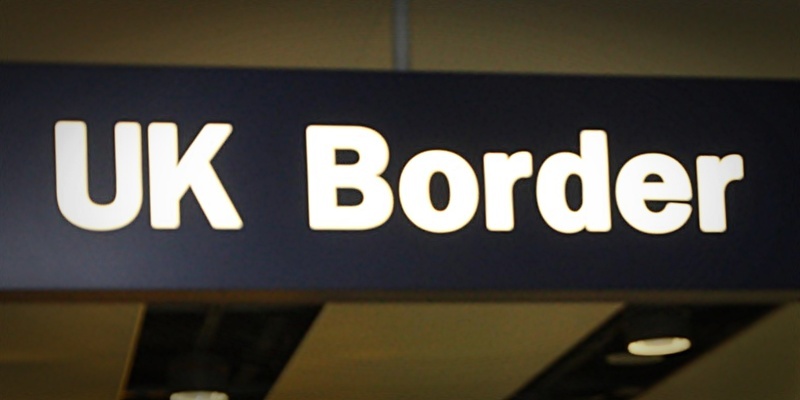The number of immigrants living in Dundee more than doubled over the past three years.
While the number of people born overseas settling in the city has risen dramatically since 2008, the number of British-born residents has plummeted by 3,000 over the same period.
The statistics, released by the General Register of Scotland, show that between 2008 and 2011 the city’s estimated population of UK-born Dundee residents dropped from 135,000 to 132,000.
The number of residents born outside the UK who came to live in the city rose from 5,000 in 2008 to 11,000 last year. This figure includes students at the city’s two universities.
Dundee now has a total population of around 143,000.
By comparison, the number of British residents in Fife has risen to 345,000 while the number of foreign residents stands at 17,000, down from a peak of 22,000 in 2010.
In Perth and Kinross the number of residents born in the UK rose by 5,000 to 138,000 between 2008 and 2011 while the number of residents born outside the UK also rose, from 7,000 to 9,000.
No figures were available for Angus.
Dundee’s population peaked in the early 1970s when it reached more than 180,000 but has been in decline since then thanks to outward migration and falling birthrates.
Last year the National Records of Scotland (NRS) said it appeared Dundee’s population was beginning to rise again.
Most of the change was accounted for by net migration with more people coming to Dundee than leaving and the number of births exceeding the number of deaths.
There are more than 5,000 people claiming unemployment benefits in Dundee but opinion is divided on whether high levels of inward migration have had any effect.
The Migration Advisory Committee, which advises the UK government, estimates 160,000 British workers’ jobs were ”displaced” because of immigration from non-EU countries between 1995 and 2010.
However it noted that people coming to the UK from the EU, including eastern European countries such as Poland, which was admitted to the European Union in 2004, has had little effect on unemployment figures, despite the high numbers arriving in the UK.
Independent think tank the National Institute of Economic and Social Research said there is no evidence to suggest a link between migration numbers and rising unemployment.
Figures released by the Office for National Statistics on Thursday showed that annual net migration to the UK in the year to September 2011 was 252,000, down marginally from 255,000 the previous year, despite the coalition government’s pledge to reduce immigration to less than 100,000 by the time of the next General Election.
A spokesman for Prime Minister David Cameron said: ”There is evidence that the changes we are making to the rules are starting to have an impact. It is still our intention to bring the levels of net migration back down to the tens of thousands. Clearly it is going to take some time.”
Alp Mehmet, vice-chairman of Migration Watch UK, said: ”This is an issue that has not gone away. It is not just in London there are lots of areas affected by mass immigration.
“There are a variety of different impacts, such as schools. When young families move here and their children have to go to school there will be additional pressure because those numbers have not been planned for.”
He added: ”We have said consistently there needs to be a greater effort to reduce immigration, although that will take time.”
